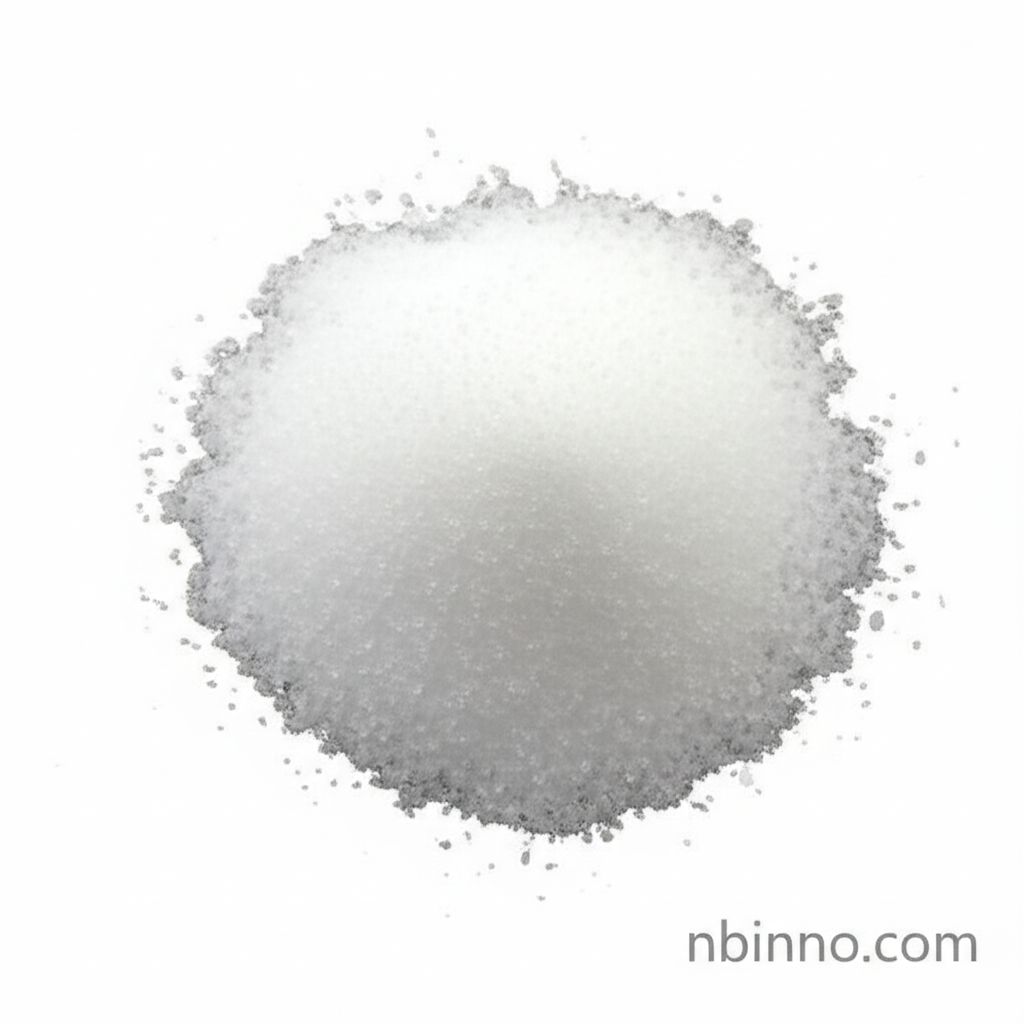Advanced Organic Fluorescent Material: 3,5-bis(3-(9H-carbazol-9-yl)phenyl)pyridine
Unlock next-generation OLED performance with our high-purity organic fluorescent material.
Get a Quote & SampleProduct Core Value

3,5-bis(3-(9H-carbazol-9-yl)phenyl)pyridine
This exceptional organic fluorescent material is a key component in the development of advanced organic light-emitting diodes (OLEDs). It boasts high purity and remarkable thermal stability, ensuring reliable performance in demanding electronic applications. Its unique molecular structure facilitates efficient intramolecular charge transfer and exhibits promising thermally activated delayed fluorescence (TADF) properties.
- Discover the benefits of 3,5-bis(3-(9H-carbazol-9-yl)phenyl)pyridine CAS 1013405-25-8 purity in your next OLED project.
- Explore the intricacies of organic fluorescent material synthesis with this versatile compound.
- Leverage its capabilities as a top-tier TADF OLED host material for enhanced device efficiency.
- Investigate its potential as an electron transporting organic semiconductor for improved charge mobility.
Key Advantages
Superior Purity
Achieve exceptional device performance with over 99% purity, validated by HPLC, making it a reliable choice for stringent OLED material requirements.
Exceptional Thermal Stability
Benefit from high thermal stability, with decomposition temperatures (Td) reaching up to 493 °C, ensuring durability and longevity in operating devices.
Advanced Electronic Properties
Utilize its efficient intramolecular charge transfer and promising thermally activated delayed fluorescence (TADF) properties for optimized OLED emission and efficiency.
Key Applications
OLED Displays
As a high-purity carbazole derivative, it serves as a critical host material in OLEDs, enabling efficient charge transport and light emission.
Organic Electronics
Explore its utility as an electron transporting organic semiconductor in various organic electronic devices beyond displays.
Research & Development
Ideal for researchers investigating novel OLED charge transport layer materials and exploring new fluorescent phenomena.
Advanced Materials Science
Contributes to the development of next-generation electronic components through its unique photophysical and electrochemical characteristics.
